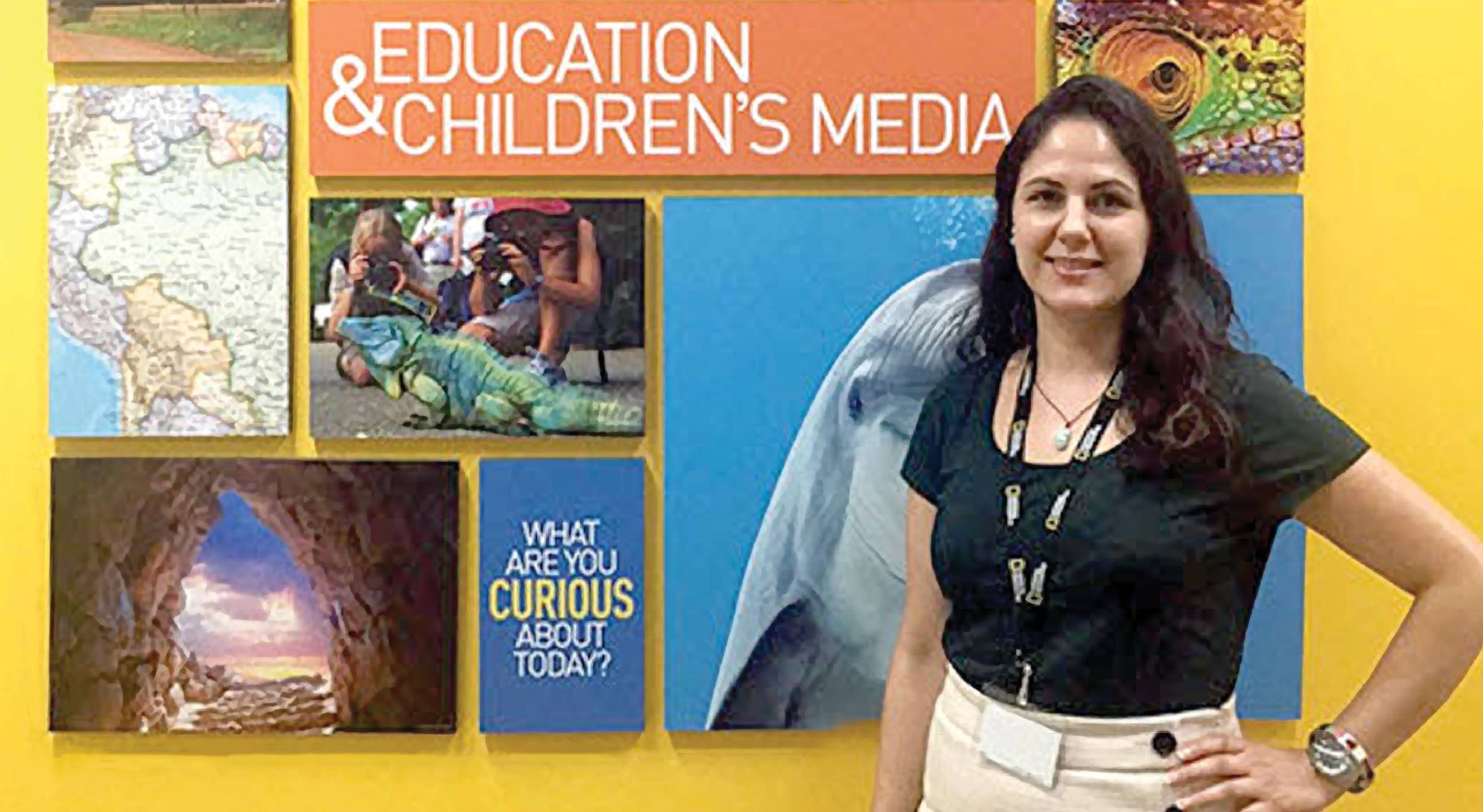Going the Distance

Going the distance
by Michael Agresta
Texas State celebrates its unique partnership with the National Geographic Society
The National Geographic Society (NGS) may be best known for sharing images of distant lands and people through its famous magazine and television channel, but some of the NGS’s most important work over the past several decades has taken place at Texas State University.
For over 30 years, the Texas State Department of Geography has served as the NGS’s premier academic partner for furthering its mission of “increasing and diffusing geographic knowledge” in classrooms, field laboratories, and high-tech businesses in the United States and beyond.
Earlier this year, in Washington, D.C., this special partnership was celebrated with a Texas State Hero Luncheon honoring the National Geographic Society. It brought together key players in forming this unique alliance in the 1980s and nurturing and expanding it today. On hand for the occasion was Gilbert M. Grosvenor, who served as editor of National Geographic magazine from 1970 to 1980 and retired as chairman in 2010 after 23 years. Grosvenor represents the fifth generation of his family to serve as NGS president. His great-grandfather, Alexander Graham Bell, was the society’s second president.
“In my 60 years at the Geographic, I can’t think of any more successful co-partnering experience than with Texas State University. For geography education, clearly, Texas State has the best track record of any educational institution in the United States.”
–Gilbert M. Grosvenor
In 1985, Grosvenor created the Texas Alliance for Geographical Education at Texas State. His partner at Texas State was Dr. Richard G. Boehm, who led the university’s geography department from 1977 to 1994. At the time, Texas State was one of eight colleges and universities to be selected as a flagship partner in the National Geographic network of alliances for geographic education. “We had a long-standing tradition of research and teaching excellence here at Texas State, which put us in a position to be selected,” Boehm recalls.
The Texas State Department of Geography was established in 1965 and became, in 1996, the first department to offer a Ph.D. The department now has 36 faculty serving over 750 undergraduate majors, 59 master’s students, and 52 doctoral students. In 1998, Texas State honored Grosvenor’s impact on the university by creating the Gilbert M. Grosvenor Center for Geographic Education. The Grosvenor Center, with Boehm as director, partners with both the NGS and the National Science Foundation to provide unparalleled opportunities to student researchers. Through the Grosvenor Center, Texas State currently serves as one of two headquarters of the National Center for Research in Geography Education, a nationwide research consortium that includes dozens of schools. “We are the leading center for research in geographical education in the world,” Boehm says. “There’s no one else that can compete with us in that regard.”
Current Texas State post-graduate geography students can participate in the Grosvenor Scholar program, which is co-funded by Texas State and the NGS. Each year, one Texas State doctoral student is selected to spend a year at the NGS headquarters in Washington, D.C. The 2016-2017 scholar was Graciela Sandoval, whose academic work focuses on human geography, geography education, and medical/health geography. She worked in Washington, D.C., on programs and policies to meet growing needs around climate change issues and educational attainment.

The Grosvenor Center also hosts an annual Grosvenor Distinguished Lecture Series, which has in the past brought such luminaries as U.S. Sen. Kay Bailey Hutchison and Jeopardy host Alex Trebek to speak in San Marcos. In 2016, the Grosvenor Lecture was delivered by Dr. Douglas Richardson, executive director of the American Association of Geographers.
The Texas State-NGS relationship remains strong today. Dr. Alberto Giordano, chair of the Department of Geography, sees Texas State and NGS continuing to lead the way in determining geography education models and best practices for the next 30 years. “The world changes, people change,” Giordano says. “We need to continue to push the boundaries of geography education research. What should we teach? How should we teach it? What works, what is most effective in geographic education?”
Dr. Gary Knell, president and CEO of the NGS, seems determined to continue to build on the partnership as well. At the luncheon in February, Knell gave a speech focused on NGS’s efforts to spread knowledge of geography around the world over the past century, and he described Texas State as a “meaningful partner” in that effort. Knell will give the Grosvenor Lecture at 7 p.m. November 29, in the Reed Parr Room, 11th floor of the J.C. Kellam Building.
Meanwhile, at Texas State, the wheels of progress in geography education continue turning. Boehm is involved in an effort to create a comprehensive K-12 geography textbook for the Chinese market. He has partnered the Grosvenor Center at Texas State with East China Normal University in Shanghai to build what he calls “an international bridge between the Chinese and us in the world of geography education,” in the form of a 1,000-page Chinese-language textbook.
“Nobody else in the world is doing something like that in geography,” Boehm says. “It’s unique. I think it demonstrates the importance of what we have here, not just for Texas, not just for the United States, but for the world.” ✪